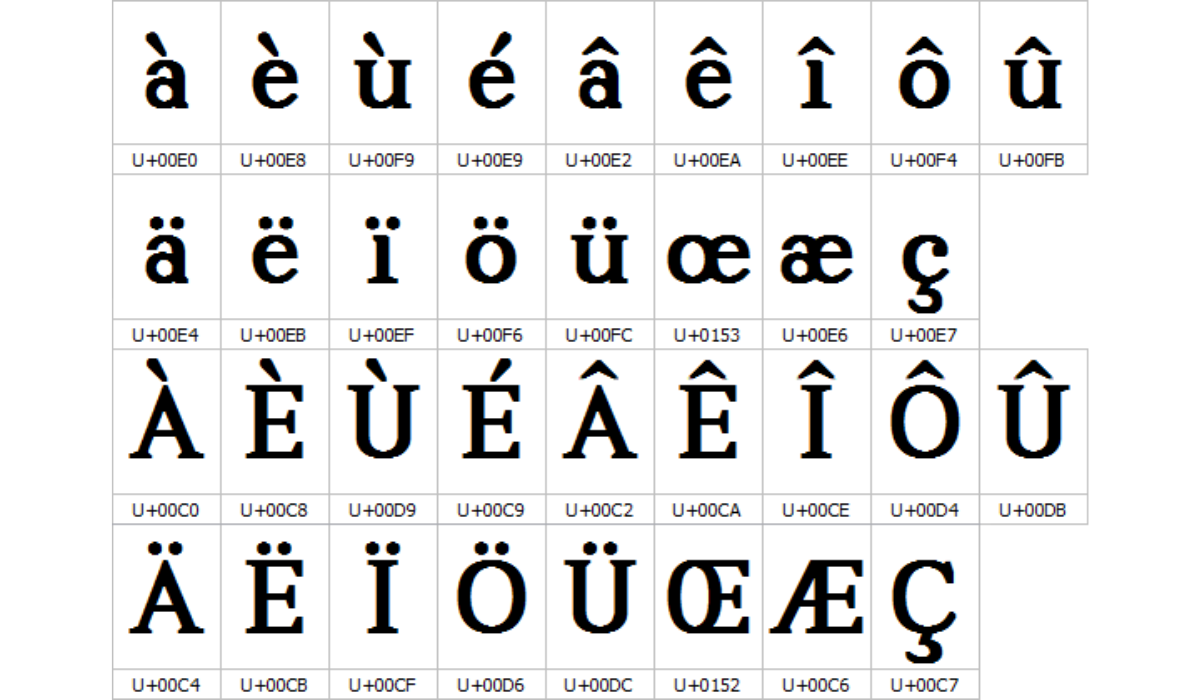Introduction
Ayene is a name shared by multiple localities across Cameroon, each in distinct regions with unique cultural and linguistic characteristics. These localities in the Centre, South, and East Regions are microcosms of Cameroon’s diversity, offering a glimpse into the country’s rich linguistic heritage and cultural traditions.
Cameroon, often called “Africa in miniature,” is renowned for its unparalleled linguistic diversity, hosting over 250 languages. With French and English serving as official languages, the country reflects a complex colonial history, while indigenous languages remain at the heart of local identity.
Ayene in the Centre Region
Situated approximately 80.1 km (49.8 miles) from Yaoundé, the nation’s capital, Ayene in the Centre Region, benefits from its proximity to one of Cameroon’s largest urban centers. This accessibility influences the locality’s cultural and economic dynamics.
Linguistic Landscape:
- French dominates as the primary language for governance, education, and commerce.
- Ewondo, an indigenous Bantu language, thrives in daily communication and cultural practices. Ewondo is a repository for oral traditions and local wisdom, passed down through generations.
Cultural Dynamics:
The Centre Region, including Ayene, is characterized by its blend of urban influence and traditional practices. The connection to Yaoundé facilitates cultural exchanges, fostering a mix of modern and indigenous lifestyles.
Ayene in the South Region
The South Region’s Ayene lies about 172.9 km (107.4 miles) from Ébolowa, the regional capital. This area is renowned for its lush landscapes and vibrant agricultural activities, with Ayene contributing to the region’s rural charm.
Linguistic Features:
- French is the dominant language, and it is used for official and educational purposes.
- Indigenous languages further enrich the community, which is crucial in maintaining cultural identity.
Cultural Practices:
- Traditional music and dance are integral to the social fabric, with community events often centered around these activities.
- The South Region’s connection to its environment is evident in its agricultural traditions, where farming techniques and crop selection reflect generations of local knowledge.
Ayene in the East Region
Located in Haut-Nyong, the East Region’s Ayene is part of an area celebrated for its rich natural resources and cultural diversity.
Linguistic Environment:
- French continues to serve as the primary language, but the prevalence of indigenous languages highlights the region’s multicultural nature.
- The indigenous languages are deeply tied to ancestral practices, myths, and communal storytelling.
Cultural Significance:
The East Region, including Ayene, is known for its artisanal crafts and traditional ceremonies. These practices are essential for preserving the region’s cultural identity while offering a window into Cameroon’s historical richness.
Cameroon’s Linguistic Diversity
Cameroon is one of the most linguistically diverse nations globally, boasting at least 250 languages. These can be broadly categorized into three families:
- Afro-Asiatic Languages
- Nilo-Saharan Languages
- Niger-Congo Languages
French and English as Official Languages:
- French and English reflect Cameroon’s colonial history under French and British rule.
- While these languages facilitate national governance and international communication, they coexist with vibrant local languages spoken across various regions.
Multilingualism in Daily Life:
Cameroonians are often multilingual, seamlessly switching between official and indigenous languages. This linguistic fluidity is practical and a testament to the country’s cultural adaptability and resilience.
Colonial History and Language Policy
Cameroon’s colonial past has left an indelible mark on its linguistic framework. The German, French, and British colonial powers introduced European languages, shaping the nation’s administrative and educational systems.
Impact on Indigenous Languages:
Colonial language policies often sidelined indigenous languages, leading to a decline in their usage in formal settings. However, grassroots efforts and government initiatives have aimed to preserve and revitalize these languages, recognizing their importance in maintaining cultural heritage.
Cultural Identity in Ayene
Ayene serves as a beacon of Cameroon’s cultural and linguistic identity in its various regional manifestations. From traditional festivals to oral storytelling, the communities in Ayene exemplify the richness of local traditions.
Role of Indigenous Languages:
- Indigenous languages are not merely tools for communication but also carriers of history, spirituality, and communal values.
- Efforts to document and teach these languages highlight their enduring significance.
Conclusion
The Ayene localities are emblematic of Cameroon’s rich tapestry of languages, cultures, and histories. Whether in the Centre, South, or East Regions, Ayene reflects the resilience and diversity of the Cameroonian people.
Preserving this heritage while fostering development is crucial for maintaining the nation’s unique identity on the global stage. More information
FAQs
- What is the significance of Ayene in Cameroon?
Ayene represents Cameroon’s cultural and linguistic diversity, with localities in the Centre, South, and East Regions showcasing distinct traditions and languages. - How many languages are spoken in Cameroon?
Cameroon hosts over 250 languages, including Afro-Asiatic, Nilo-Saharan, and Niger-Congo languages, making it one of the most linguistically diverse countries in the world. - What are the official languages of Cameroon?
French and English are the authority dialects, mirroring the country’s frontier history. - Why is multilingualism important in Cameroon?
Multilingualism fosters cultural preservation and reflects the adaptability of the Cameroonian people in navigating diverse social and linguistic contexts. - How does Ayene contribute to Cameroon’s heritage?
Ayene exemplifies the intersection of tradition and modernity, showcasing the role of indigenous languages and practices in shaping regional identities.


Thanks for sharing. I read many of your blog posts, cool, your blog is very good.
Your article helped me a lot, is there any more related content? Thanks!